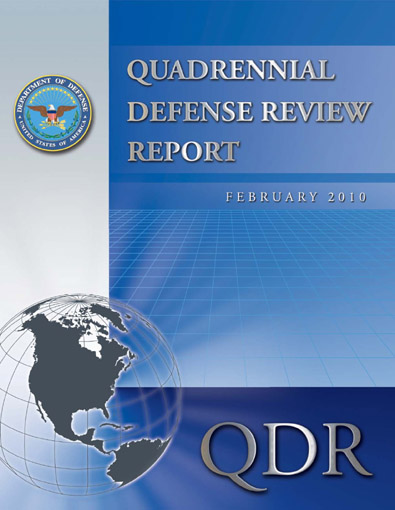 Americký prezident Barack Obama poslal do Kongresu představu svého rozpočtu na příští fiskální rok. Jeho výše je úctyhodná – 3,8 bilionu amerických dolarů. Deficit je také úctyhodný, mohl by se pohybovat okolo 1,3 bilionu dolarů. Byť se škrtá, podle odhadů by mohl deficit v příští dekádě dosáhnout 8,5 bilionu dlarů.
Americký prezident Barack Obama poslal do Kongresu představu svého rozpočtu na příští fiskální rok. Jeho výše je úctyhodná – 3,8 bilionu amerických dolarů. Deficit je také úctyhodný, mohl by se pohybovat okolo 1,3 bilionu dolarů. Byť se škrtá, podle odhadů by mohl deficit v příští dekádě dosáhnout 8,5 bilionu dlarů.
Škrtá se škrtá, ale nikoli ve vojenském rozpočtu. Našinec může závidět. U nás jenom někoho napadne, že by bylo zapotřebí škrtat a druhý den už jde armáda pod nůž. Ne, že by to občas nebylo výchovné, ale stal se z toho v posledním desetiletí nehezký trend. Ministerstvo Roberta Gatese by mělo spravovat rekordní rozpočet ve výši 708 miliardy dolarů, což je nárůst o 3,4 procenta. Mise v Afhánistánu a Iráku (a Pákistánu) by měly přijít na 159 miliard dolarů. Dále Bílý dům požádal Kongres o dodatečné financování třiceti tisíc žen a mužů vyslaných jako posily do Afghánistánu ve výši 30 miliard dolarů.
Byť v rozpočtu nejsou větší skryté miny, jako loni, kdy se škrtal F-22 Raptor, přesto je tam jeden škrt, o kterém by se mohly vést debaty, respektive se alespoň pokaždé vedly. Jde o ukončení programu C-17, což se zákonodárcům, v jejichž distriktech se stroj vyrábí líbit nebude (je nutné nezapomínat, že letos v listopadu jsou volby do Sněmovny reprezentantů a třetiny Senátu a jak ukázalo hlasování v Massachusetts, nezaměstnanost je důležité téma). Obama zdůvodňuje škrtnutí C-17 (poměrně logicky) takto:
„Four years ago, the Defense Department decided to cease production because it had acquired the number requested, 180. Yet every year since, Congress has provided unrequested money for more C-17s that the Pentagon doesn’t want or need. It’s waste, pure and simple,“ the president said, noting that production of the aircraft costs $2.5 billion.
Pro skutečné fandy strategií přišlo ale to důležitější až po oznámení návrhu rozpočtu. Ministr obrany Robert Gates představil Quadrennial Defense Review Report. Tento dokument má „udávat tón“ v bezpečnostní oblasti další čtyři roky. Jak píše ministr v průvodním listu:
This is truly a wartime QDR. For the first time, it places the current conflicts at the top of our budgeting, policy, and program priorities, thus ensuring that those fighting America´s wars and their families – on the battlefield, in the hospital, or on the home front – receive the support they need and deserve.
Podle Michèle A. Flournoy, náměstkyně ministra obrany pro politiku (dvojka v Pentagonu) a „duchovní matku“ QDR se dokument snaží spojit dvě věci: lepší výkon v současných konfliktech a institucionalizaci reforem probíhajících v Pentagonu.
People and today’s wars, she said, are the most important aspects of the report. The report, Flournoy said, mirrors Defense Secretary Robert M. Gates’ priorities. The first is to prevail in today’s wars. The second is to prevent and deter conflicts. The third is to prepare the department for a wide range of contingencies and the fourth is to preserve and enhance the all-volunteer force.
Dokument analyzovat zatím nemůžu (má přece jenom nějakých 128 stran; doufám, že zakrátko si budu moci přečíst vaše analytické komentáře) a tak nabízím alespoň pár bodů ze shrnutí.
Defend the United States and support civili authorities at home:
- Improve the responsiveness and flexibility of consequence management response forces;
- Enhance capabilities for domain awareness;
- Accelerate the development of standoff radiological/nuclear detection capabilities; and
- Enhance domestic capabilities to counter improvised explosive devices (IEDs).
Succeed in counterinsurgency, stability, and counterterrorism operations:
- Increase the availability of rotary-wing assets;
- Expand manned and unmanned aircraft systems (UASs) for intelligence, surveillance, and
- reconnaissance (ISR);
- Increase key enabling assets for special operations forces (SOF);
- Increase counterinsurgency, stability operations, and counterterrorism competency and capacity in general purpose forces;
- Increase regional expertise for Afghanistan and Pakistan; and
- Strengthen key supporting capabilities for strategic communication.
Build the security capacity of partner states:
- Strengthen and institutionalize general purpose force capabilities for security force assistance;
- Enhance linguistic, regional, and cultural ability;
- Strengthen and expand capabilities for training partner aviation forces;
- Strengthen capacities for ministerial-level training; and
- Create mechanisms to expedite acquisition and transfer of critical capabilities to partner forces.
Deter and defeat aggression in anti-access environments:
- Expand future long-range strike capabilities;
- Exploit advantages in subsurface operations;
- Increase the resiliency of U.S. forward posture and base infrastructure;
- Assure access to space and the use of space assets;
- Enhance the robustness of key ISR capabilities;
- Defeat enemy sensors and engagement systems; and
- Enhance the presence and responsiveness of U.S. forces abroad.
Prevent proliferation and counter weapons of mass destruction:
- Establish a Joint Task Force Elimination Headquarters to plan, train, and execute WMD elimination operations;
- Research countermeasures and defense to nontraditional agents;
- Enhance nuclear forensics;
- Secure vulnerable nuclear materials;
- Expand the biological threat reduction program; and
- Develop new verification technologies.
Operate effectively in cyberspace:
- Develop a more comprehensive approach to DoD operations in cyberspace;
- Develop greater cyber expertise and awareness;
- Centralize command of cyber operations; and
- Enhance partnerships with other agencies and governments.
A nakonec ještě nabízím strukturu amerických sil pro léta 2011-2015:
2 comments
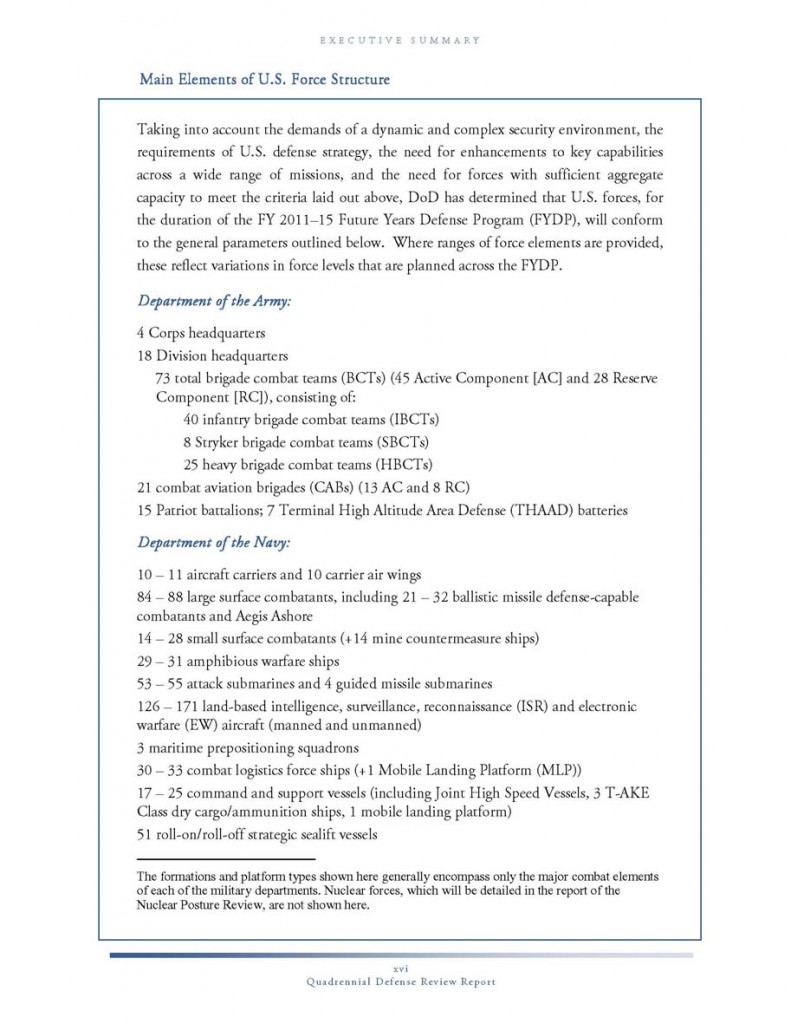
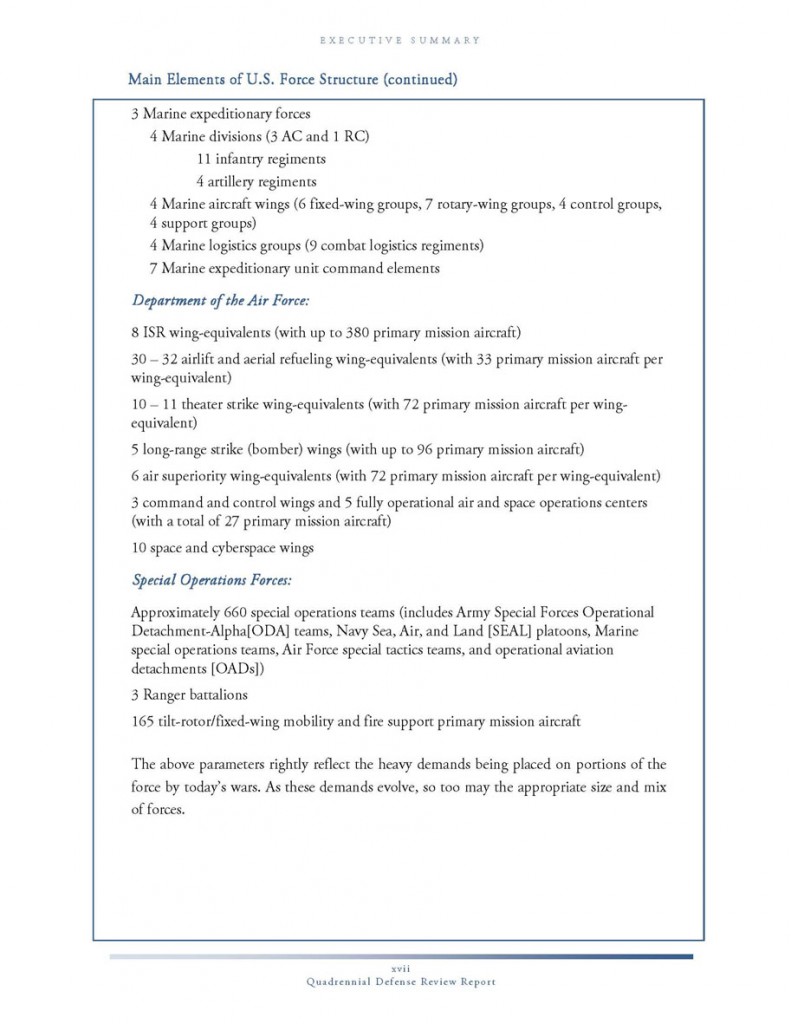




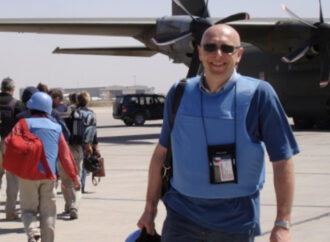
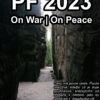



2 Comments
Petr Z.
2. 2. 2010, 10:43Asi základní poznatek z toho vyplývá, že se USA snaží připravit na účast v různých typech konfliktů: nekonvenční, konvenční, deterenční, cyber… Nejsem akviziční odborník, ale zajímalo by mě do jaké míry se tohle projeví na alokaci zdrojů, jak se tento trade off projevi a jaky bude vliv na jejich doktrínu o all-spectrum dominance…
REPLYDatart
2. 2. 2010, 17:25Mě zase zajímá, jak se to projení na našem spektru submisivnosti.
REPLY